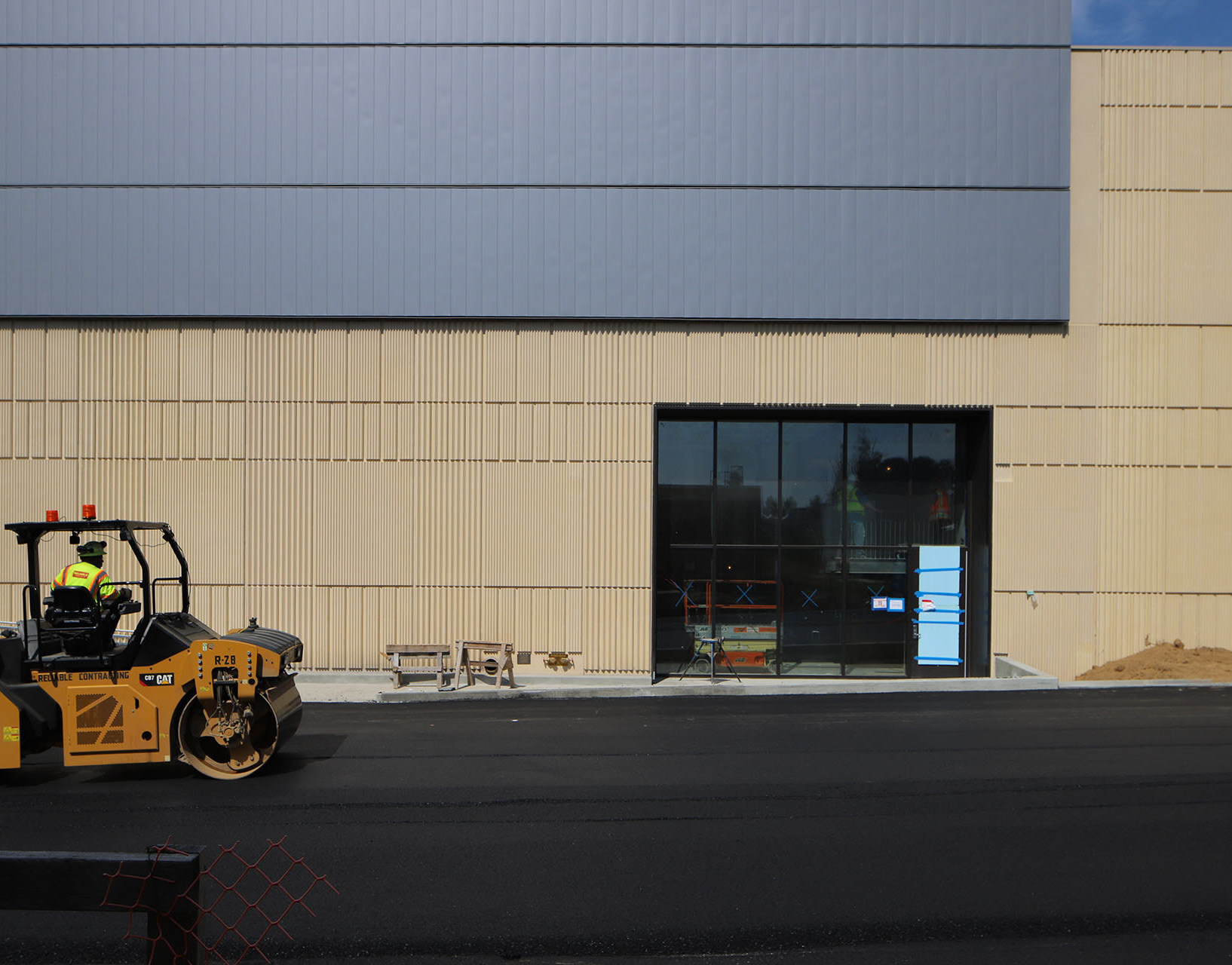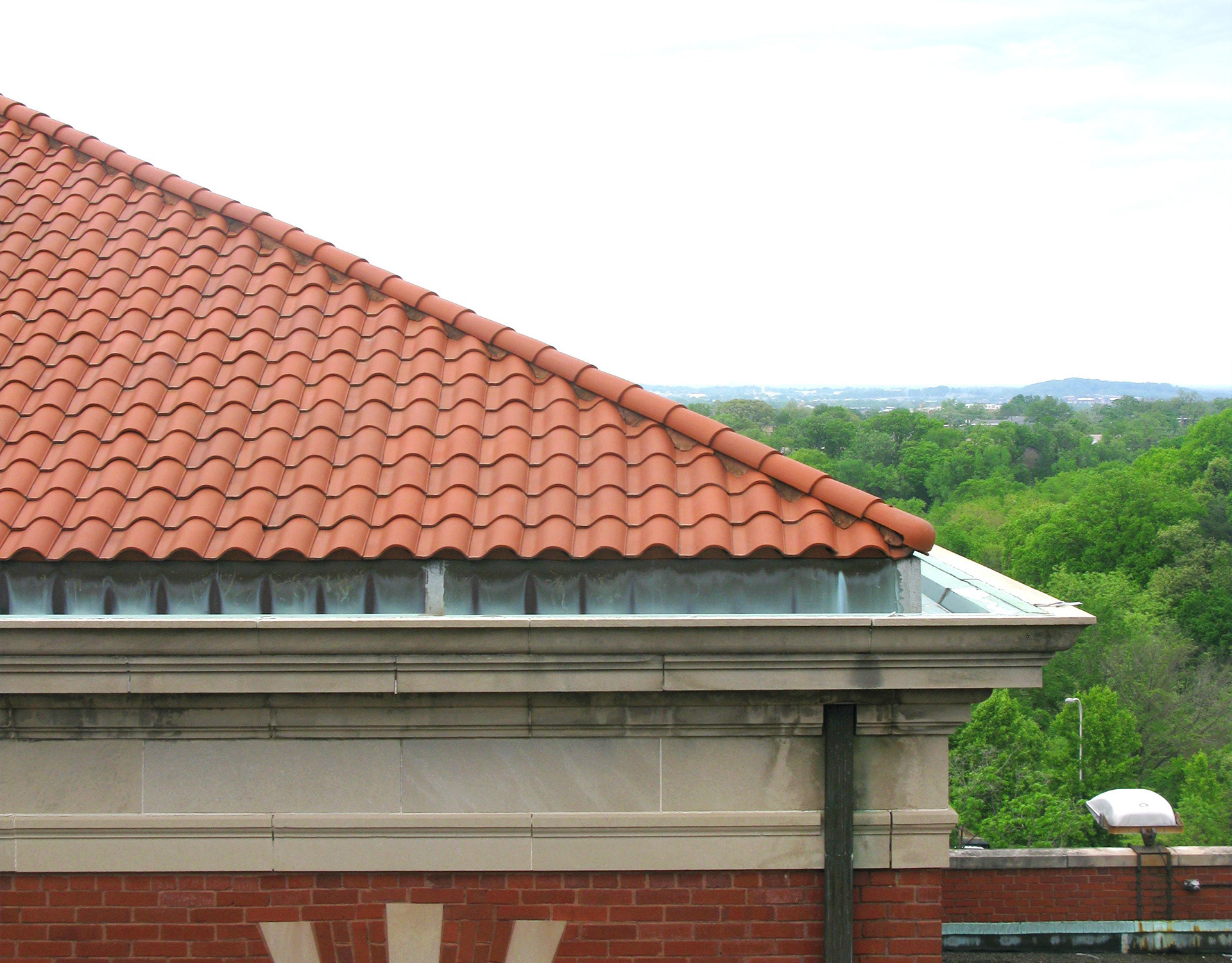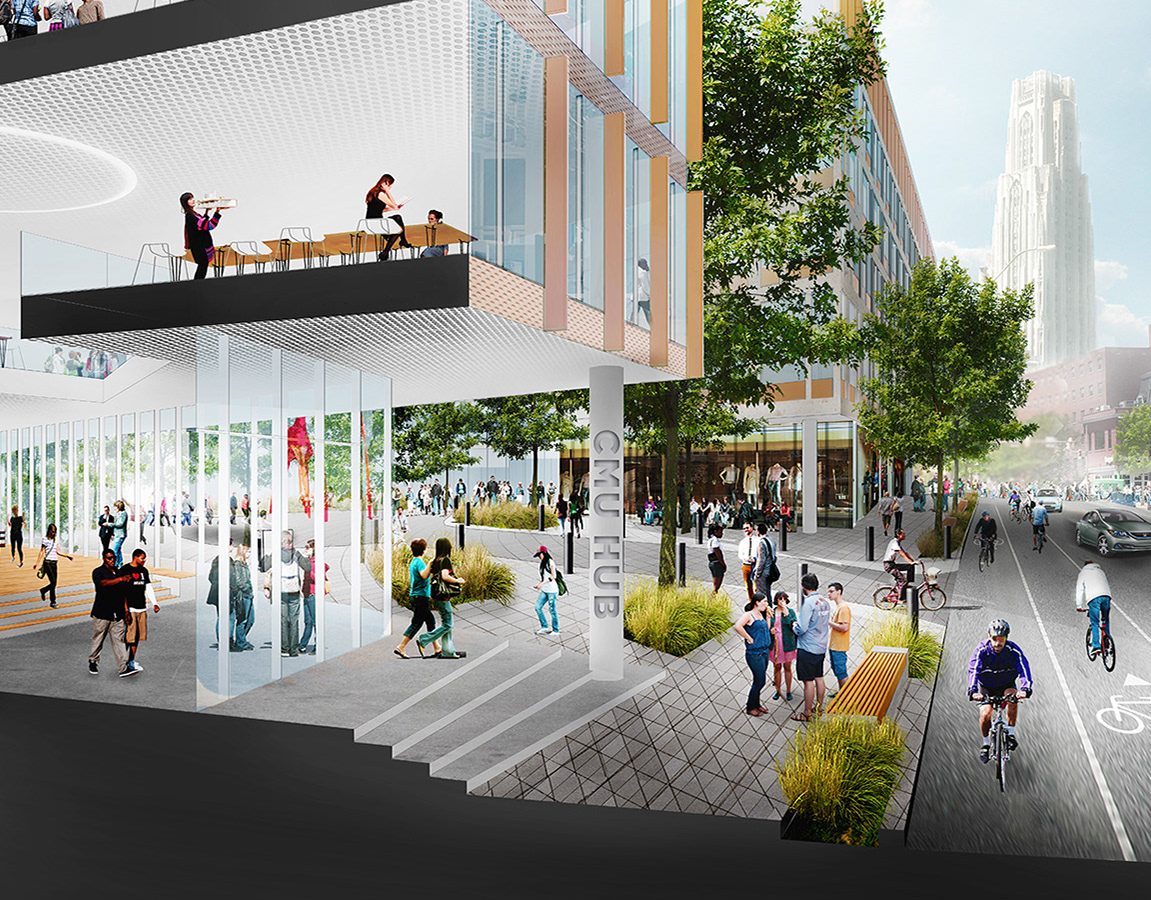Metro Canopy Study
Washington DC
2015
Washington DC
2015
Metro entrance canopy concept for five sensitive historic sites
The Washington D.C. metro opened in 1976, with dramatic, vaulted, underground stations designed by the Chicago architect Harry Weese. Weese had designed the street entrances to be visually simple, and open to the sky, but over time this idea proved infeasible, as rain, snow, and salt damaged the long entrance escalators, and created a slipping hazard for users. For these reasons, the transit agency developed a prototype entrance canopy, derived from Weese’s vault design but in glass and steel, and the first model was placed in 2003.
However, approval of this original canopy concept was delayed at five Metro sites controlled by the U.S. National Park Service, including the National Mall and the historic Arlington Cemetery, because of worries that the design could detract from those sensitive sites. Accordingly, in 2015, the transit agency initiated an internal study to develop several alternate canopy prototypes – by multiple architects – that would be as practical and flexible as the original design but less visually disruptive.
Our proposal was simple: a streamlined structure clad in polished stainless steel, to reflect the unique landscape and visual context of each site, and to be relatively invisible from a short distance. The belly of the canopy is gently curved, to provide room for structure and to reflect changing visual hints of the site onto the stairs and escalators below. The vertical supports are minimal, monolithic, and reflective shear walls that rest on the original granite entrance parapets, and can be textured to minimize potential bird strikes. Concealed uplights around the entrance well enhance visibility, safety, and drama at night, and an extensive vegetated roof provides bird habitat, processes stormwater, and helps to conceal the canopy from above.
The transit agency and review authorities ultimately decided that the appearance of the original canopy had become so important for wayfinding that to abandon it – particularly at sites with high levels of tourist traffic – might cause more harm than good. A modified version of the original canopy has been approved for the sensitive sites and is expected to be installed in 2021-2022.
DC metro canopy study
images used with permission
Client: Washington Metropolitan area transit authority / Architecture: ZGF. Peter William Dougherty, Lead Designer / project management & structural engineering: Gannett fleming / lighting: fisher marantz stone









